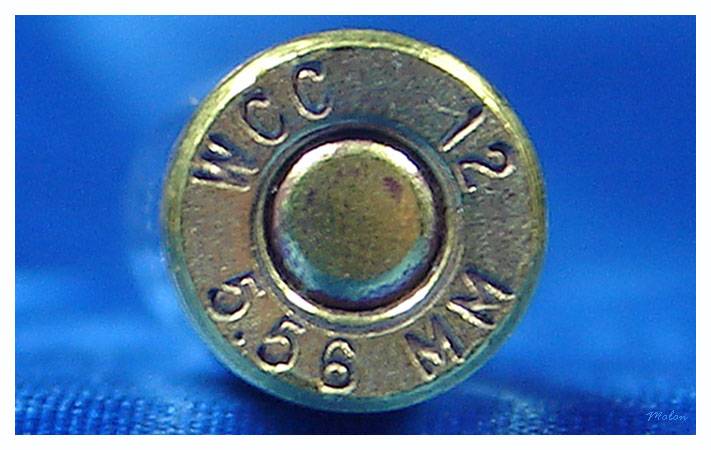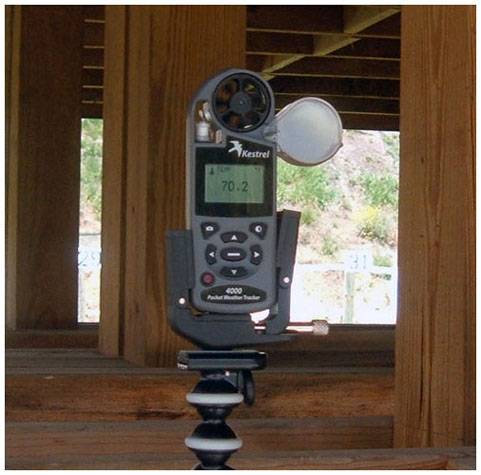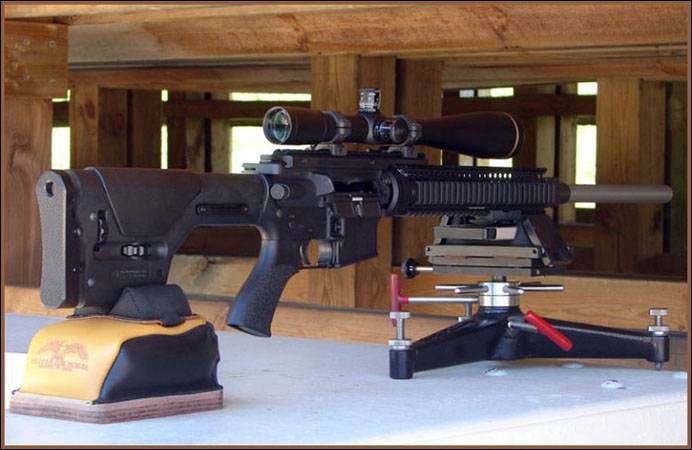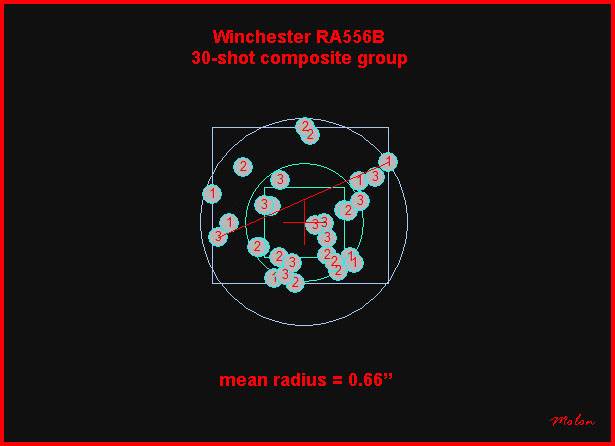Ammunition is becoming VERY difficult to find...in most calibers. I have a new PWS MK116 Mod 2 rifle. I have yet to take it to the range and test it out let alone zero the optics on it...so I thought I might post here about ammunition.
If someone here has the same rifle...or another PWS rifle of similar length and build....I would like to know what ammo you have found works best with this rifle. Main purpose is self defense....and am looking for most failure free, reliable ammo with the best accuracy I can get out of a round like that.
I have purchased 200 rnds of Speer Gold Dot LE Duty 223 Rem. 62gr GDSP (24445SP) and wanted to know if anyone has used this in their AR, especially a PWS AR and how well it worked. Right now this round is OUT OF STOCK everywhere.
I have also come across another well known, quality round that I might be able to get a hold of....the Federal LE Tactical 223 Rem. 62gr bonded soft point (LE223T3) and wanted to know the same....how well this ammo worked in AR's.
Comparing the two rounds with each other would also be helpful...especially with how they work in the PWS rifles (reliability and accuracy combined)
Plus, if I zero my optics with one of these rounds.....can I expect it to hold the same zero with the other? That is one of the reasons I am hesitating on buying a number of different rounds for self defense....would like to stay consistent, and with the best round for the rifle.
HOWEVER, ammo is becoming so scarce....I am not sure it is a good idea to wait. Thus, my questions.
Thanks for any information you might give.
If someone here has the same rifle...or another PWS rifle of similar length and build....I would like to know what ammo you have found works best with this rifle. Main purpose is self defense....and am looking for most failure free, reliable ammo with the best accuracy I can get out of a round like that.
I have purchased 200 rnds of Speer Gold Dot LE Duty 223 Rem. 62gr GDSP (24445SP) and wanted to know if anyone has used this in their AR, especially a PWS AR and how well it worked. Right now this round is OUT OF STOCK everywhere.
I have also come across another well known, quality round that I might be able to get a hold of....the Federal LE Tactical 223 Rem. 62gr bonded soft point (LE223T3) and wanted to know the same....how well this ammo worked in AR's.
Comparing the two rounds with each other would also be helpful...especially with how they work in the PWS rifles (reliability and accuracy combined)
Plus, if I zero my optics with one of these rounds.....can I expect it to hold the same zero with the other? That is one of the reasons I am hesitating on buying a number of different rounds for self defense....would like to stay consistent, and with the best round for the rifle.
HOWEVER, ammo is becoming so scarce....I am not sure it is a good idea to wait. Thus, my questions.
Thanks for any information you might give.


































